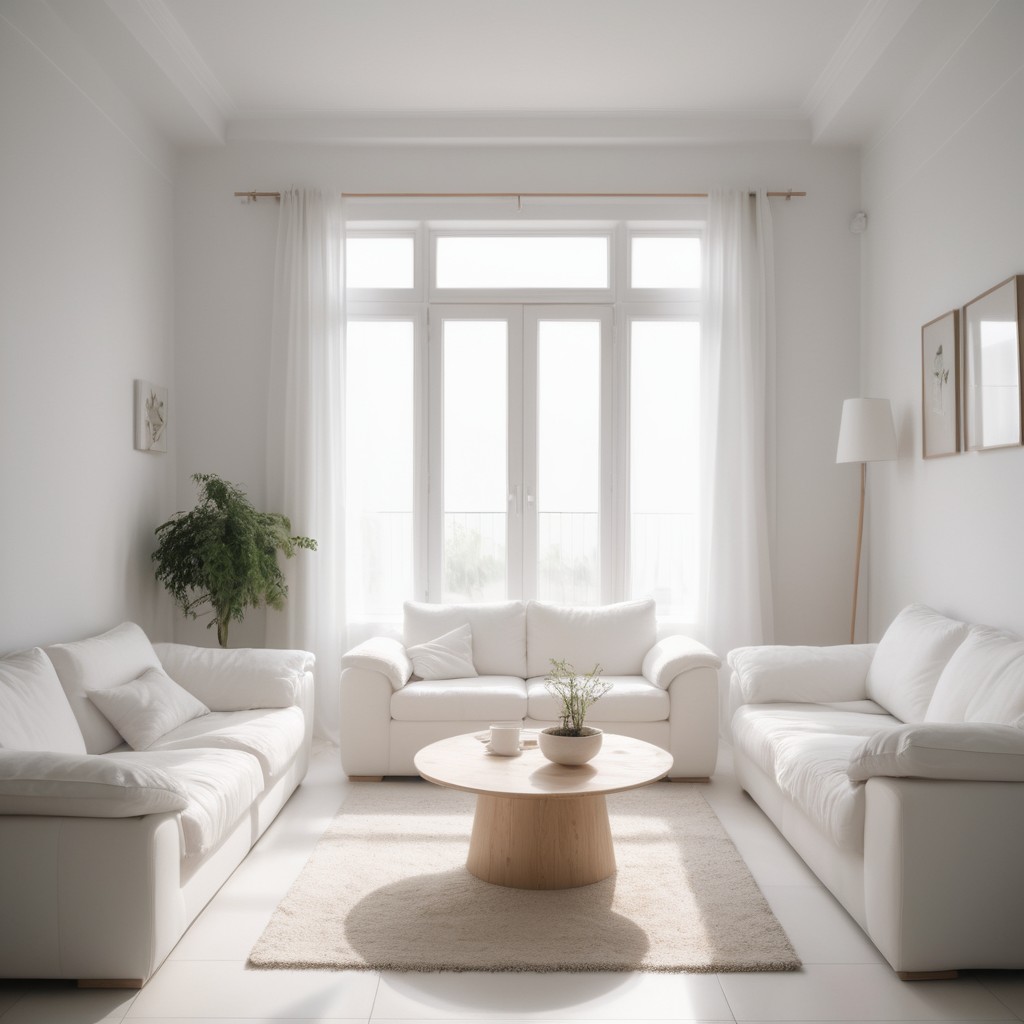In recent times, Artificial Intelligence (AI) has stealthily penetrated various industries, leaving an indelible mark on each, and interior design is no exception. This technological evolution is redefining the creative process, influencing trends, and assisting designers in crafting spaces that seamlessly blend functionality with aesthetics.
In the ever-evolving field of interior design, the integration of Artificial Intelligence (AI) tools has sparked a significant transformation, offering both advantages and challenges to designers. Let’s delve into how AI is reshaping interior design and explore how designers can harness its benefits effectively.
AI in Interior Design
Over recent years, AI has become a pivotal force in interior design, revolutionizing the way spaces are conceptualized and brought to life. By leveraging AI technologies, designers can tap into a myriad of benefits that enhance creativity, efficiency, and personalization in their projects.
Advantages of AI in Interior Design
Increased Efficiency: AI automates time-consuming tasks like creating floor plans and 3D models, freeing up designers to focus on creative aspects of their work.
Enhanced Personalization: By analyzing client data and preferences, AI tools can generate tailored design ideas that cater to individual needs and lifestyles.
Greater Creativity: AI aids designers in exploring unconventional design options and generating innovative ideas that may not have been considered manually, fostering creativity and pushing boundaries.
Cost-Effectiveness: Through task automation and streamlined processes, AI can make interior design services more affordable and accessible to a wider clientele.
Cons of AI in Interior Design
Loss of Control: Designers must understand how AI tools function to retain control over the design process and be willing to override suggestions when necessary.
Biases and Limitations: AI algorithms rely on existing data, potentially perpetuating biases and restricting design possibilities if not carefully managed.
Privacy Concerns: Collecting personal data for analysis raises privacy and security issues that need to be addressed to safeguard client information.
Human Creativity Meets Technological Innovation
To make the most of AI tools in interior design, designers should view AI as a collaborative partner rather than a replacement for human creativity. By combining the analytical capabilities of AI with human intuition, empathy, and cultural understanding, designers can unlock new levels of innovation while preserving the essence of personalized and emotionally resonant designs.
In conclusion, by embracing AI as a valuable tool for enhancing efficiency, personalization, and creativity in interior design while remaining mindful of its limitations and ethical considerations, designers can navigate the evolving landscape of design with confidence and ingenuity. The future of interior design lies at the intersection of human creativity and technological advancement, where each complements the other to create truly remarkable spaces that inspire and delight.
Integrating AI-Generated Designs with Existing Architecture and Interiors
Artificial Intelligence (AI) has revolutionized the field of interior design, offering designers innovative tools to enhance creativity, efficiency, and personalization. Integrating AI-generated designs with existing architecture or interiors can be a seamless process when approached strategically. Here are some ways to effectively merge AI-generated designs with established spaces:
Leveraging AI-Powered Design Tools
Generate Design Ideas: Utilize AI systems and algorithms to generate design concepts, color palettes, and material recommendations that complement existing architectural elements.
Optimize Space Utilization: AI algorithms can analyze floor plans and spatial configurations to optimize space utilization within existing interiors, enhancing functionality and aesthetics.
Embracing Generative AI for Innovative Designs
Explore New Design Possibilities: Embrace generative AI tools that can dream up new objects and design elements, allowing designers to envision fresh perspectives and creative solutions for integrating AI-generated designs with existing spaces.
Visualize Design Concepts: Use generative AI to visualize design concepts in a new light, enabling designers to see spaces from different angles and experiment with unconventional ideas.
Personalizing Recommendations with AI Insights
Tailored Design Suggestions: AI algorithms can analyze user preferences and previous design choices to offer personalized recommendations for furniture, accessories, and layouts that align with individual tastes and complement the existing architecture.
Enhanced User Experience: By incorporating personalized design suggestions from AI tools, designers can enhance the user experience, reduce decision-making time, and ensure that the final design harmonizes seamlessly with the existing space.
Collaborative Approach: View AI as a collaborative tool rather than a replacement for human creativity. By combining human intuition, creativity, and cultural understanding with AI’s analytical capabilities, designers can strike a balance that enhances the design process.
Maintaining Control: Designers should retain control over the design process when integrating AI-generated designs, ensuring that human creativity remains at the forefront while leveraging AI for efficiency and inspiration.
In conclusion, by strategically integrating AI-generated designs with existing architecture or interiors through the use of AI-powered tools, generative algorithms, personalized recommendations, and a collaborative approach that balances human creativity with technological innovation, designers can create harmonious and innovative spaces that reflect a blend of tradition and cutting-edge design concepts.

Leave a Reply